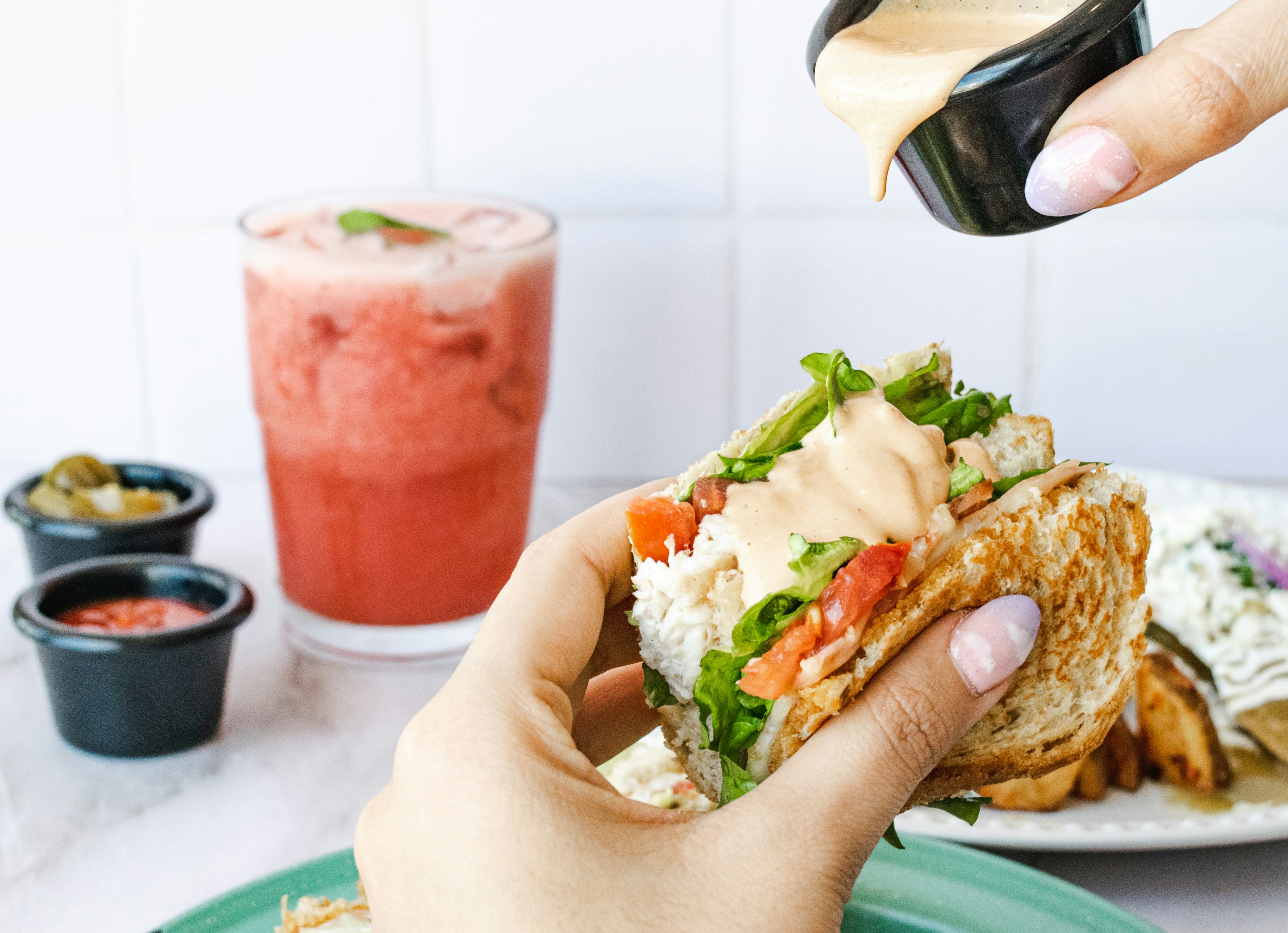Optimizing Restaurant Operations: A Deep Dive into Labor Deployment and Cost Management at Chipotle
Explore how Chipotle's focus on labor deployment strategies and cost management impacts customer experience and social media engagement.

Photo by Alexandra Mendívil on Unsplash
Importance of Labor Deployment Strategy in Handling Surges
Chipotle's recent spring traffic surge highlighted the critical role of the chain's focus on throughput in its labor deployment strategy. By deploying expeditors effectively, roughly 50% of Chipotle restaurants managed to sell an average of five incremental entrees during peak sales periods. These expeditors, situated between the point-of-sale system and the food preparation stations, streamline packaging and payment processes, significantly increasing the chain's efficiency.
Optimizing Labor Deployment for Efficiency
Chipotle's CEO expressed the chain's intent to expand the deployment of expeditors further, acknowledging the current levels as insufficient yet encouraging. With a history of achieving deployment levels exceeding 70%, Chipotle aims to enhance its throughput even more. Despite an estimated 6% wage inflation, the chain saw a 20 basis point reduction in labor costs as a percentage of revenue in Q2. This reduction is attributed to the effective use of expeditors, demonstrating the positive impact of optimized labor deployment on overall operational costs.
Challenges of Limited Time Offers and Cost Management
While limited time offers (LTOs) such as Chipotle's brisket promotion can drive traffic, they also present challenges in cost management. Switching from lower-cost proteins like chicken to brisket can lead to increased per-order protein costs, impacting overall cost of sales. Chipotle's Q3 saw a growth in cost of sales to around 31%, mainly due to rising protein costs. Additionally, factors like increased dairy and avocado prices, alongside investments in outlier portion scores, contributed to these cost escalations.
Customer Perception and Social Media Engagement
The trend of consumers documenting Chipotle's portion sizes on social media reflects a broader industry response to pricing and inflation concerns. Social media users often capture workers assembling orders to showcase portion sizes, influencing customer perceptions and engaging with the brand online. This social media interaction mirrors a similar discourse seen with other chains like McDonald's, where consumers highlight price increases year-over-year. As such, brands are increasingly leveraging social media to address pricing claims and reinforce value propositions to retain and attract customers.